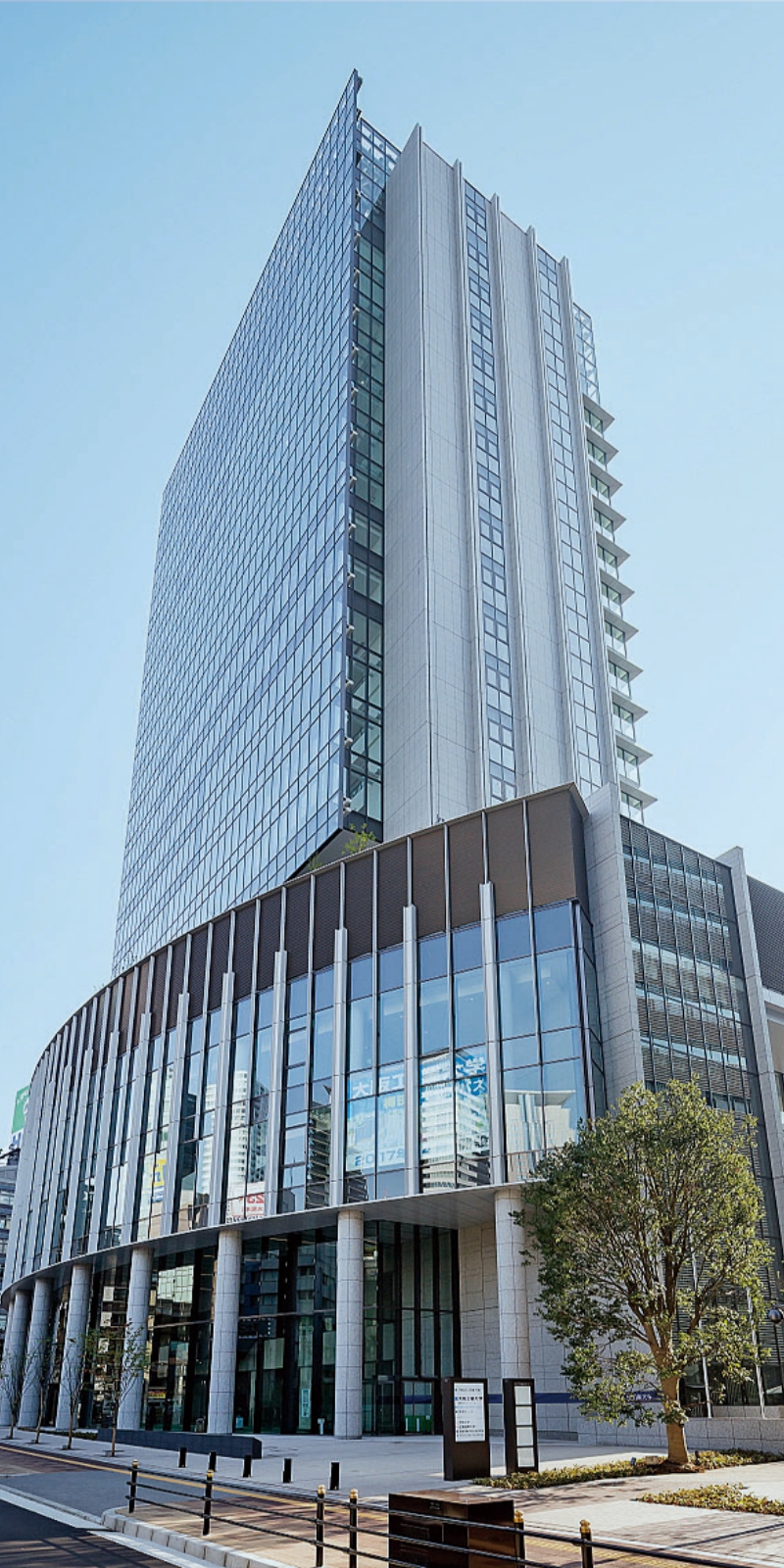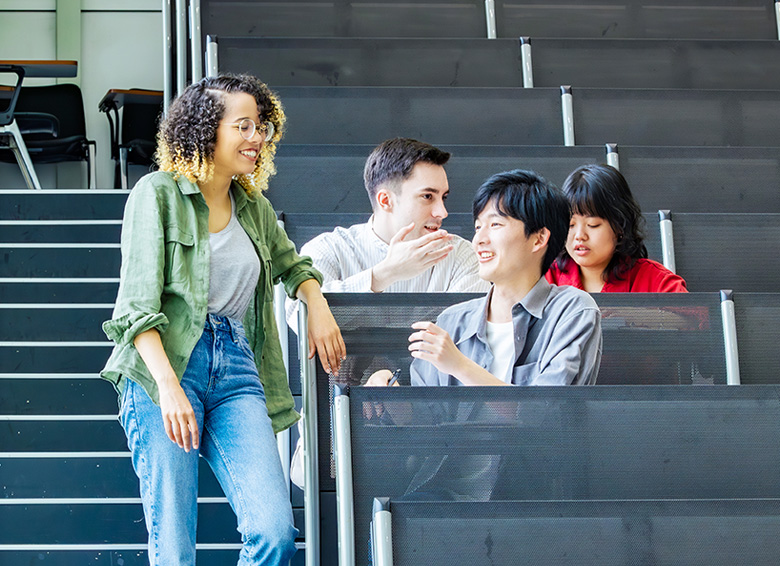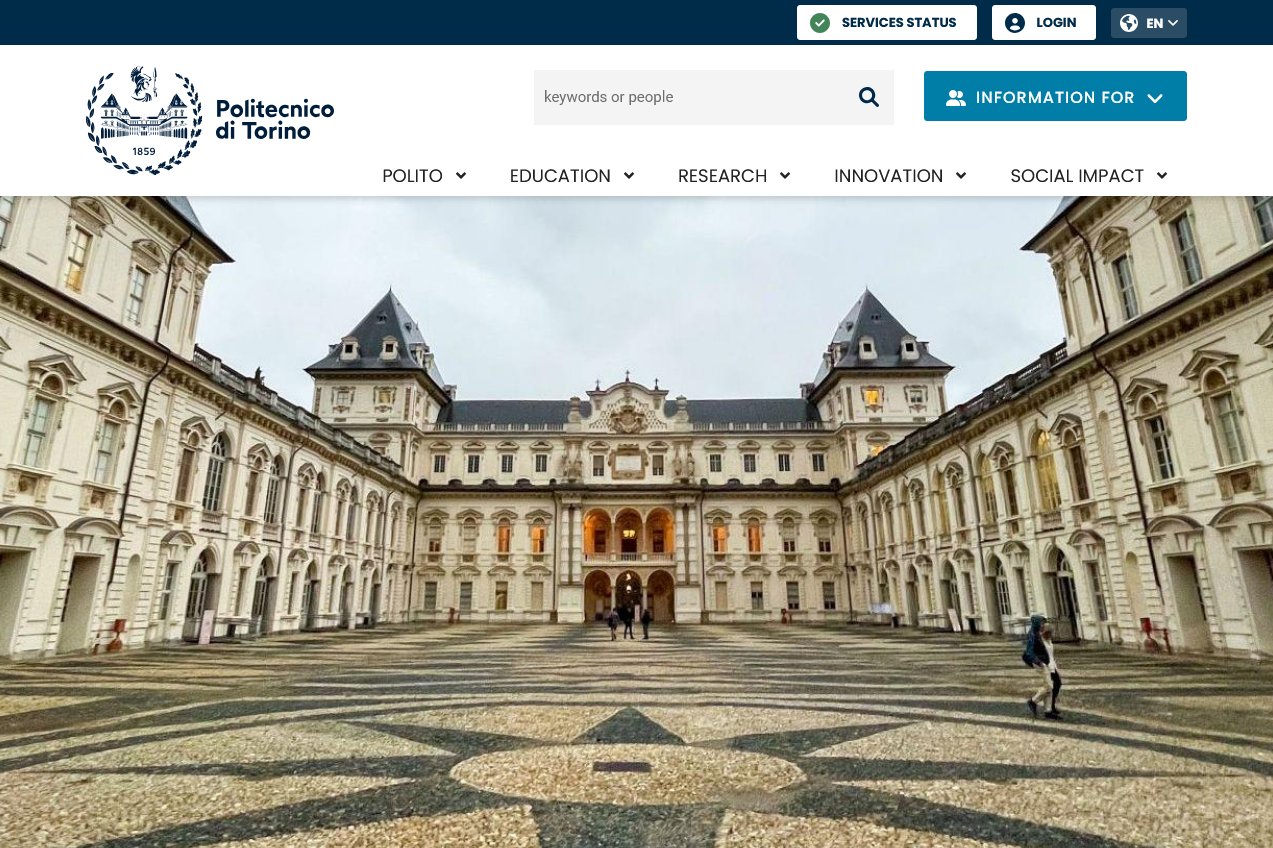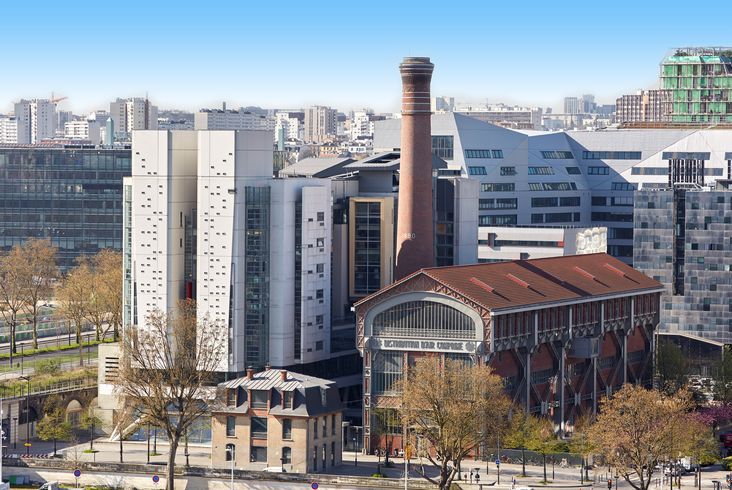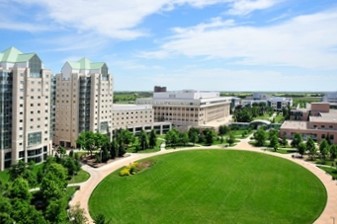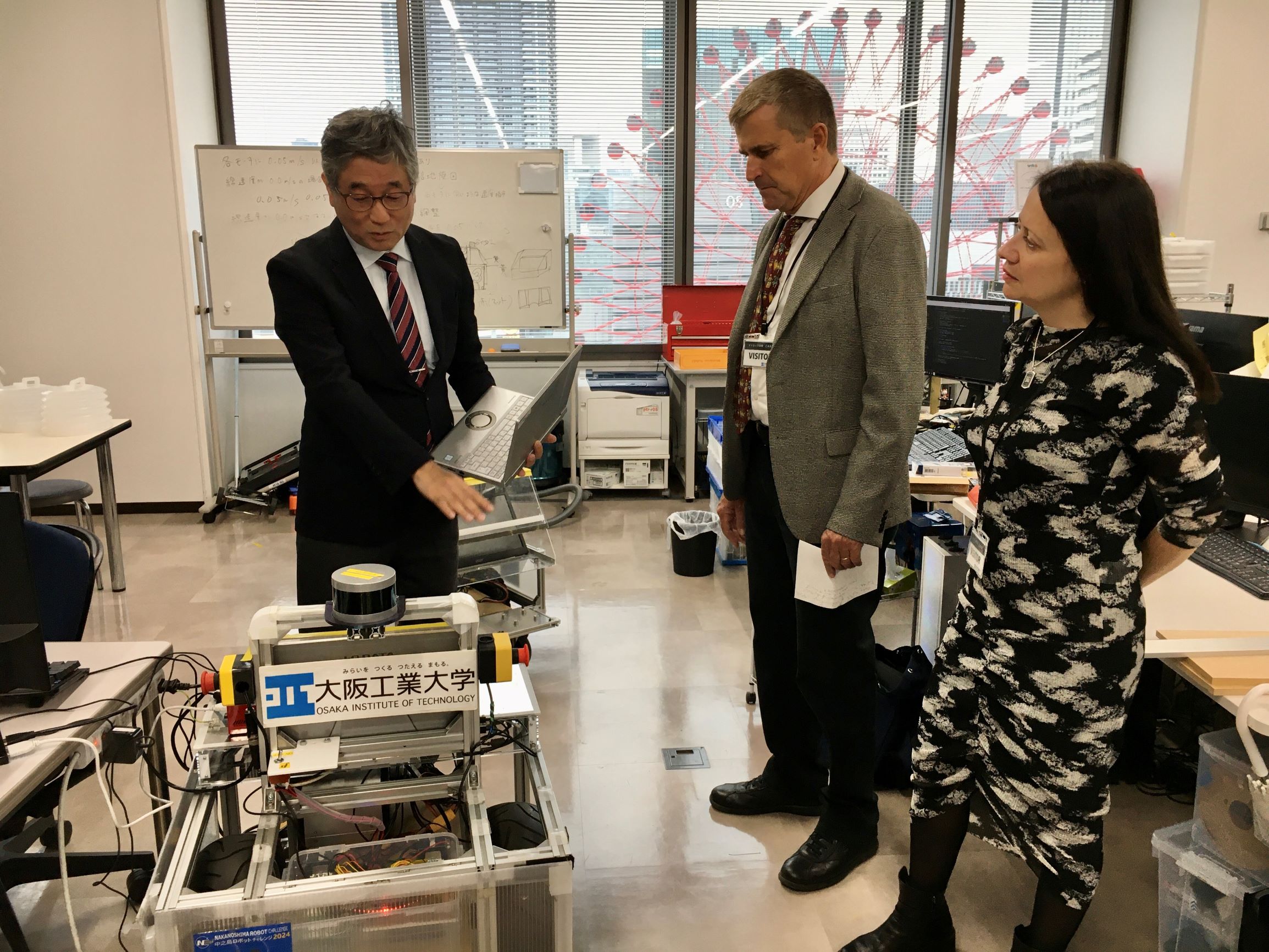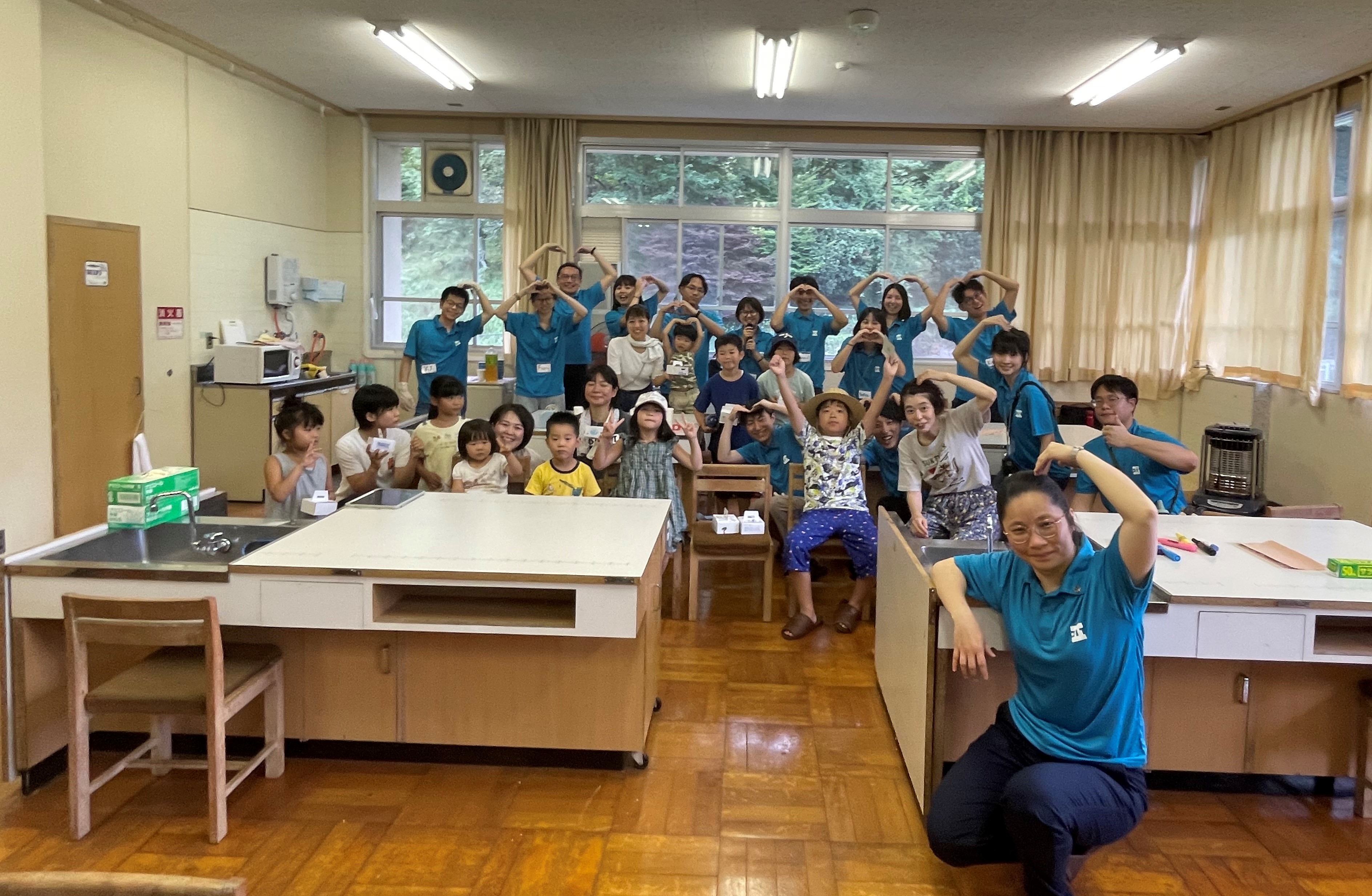Information お知らせ
Contents
About
- Location & Access(アクセスマップ)
- Fact (OIT at Glance)
- Organization
- History
- Policies for Globalization
- Video
- Digital Brochure - OIT 2024-2025
- OIT 2024-2025 (PDF)
Education
Research
- Graduate School and Faculty of Engineering
- Graduate School and Faculty of Robotics and Design
- Graduate School and Faculty of Information Science and Technology
- Graduate School and Faculty of Intellectual Property
- Other Depertments
- Technological Directory
Admissions
International (Exchange students / Overseas partners)
- Student Exchange Program (for Partner Universities)
- Exchange Students Accepted in the Past
- Student Exchange Program (IAESTE and UMAP)
- Pre-departure Guide for Exchange Students
- Overseas Partner Institutions
- International Center
